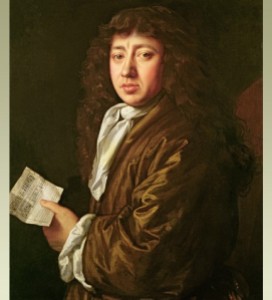 In writing the social history of the supernatural, it’s all too easy for to create a pantheon of heroes and villains. For heroes we have educated doctors and humanists fighting fanatical magistrates, bringing modern wisdom to backward country farmers. As villains, we would have a field of straw men: Puritan preachers, ‘Witchfinder Generals’, ignorant yokels, conniving magnates, and corrupt search-women.
In writing the social history of the supernatural, it’s all too easy for to create a pantheon of heroes and villains. For heroes we have educated doctors and humanists fighting fanatical magistrates, bringing modern wisdom to backward country farmers. As villains, we would have a field of straw men: Puritan preachers, ‘Witchfinder Generals’, ignorant yokels, conniving magnates, and corrupt search-women.
Yet, there were always those who didn’t believe in magic. From the 15th to 16th centuries, the Duchess of Bedford was accused of Witchcraft, and one of Jack Cade’s compatriots was executed for necromancy. Despite that, there are no mentions of magic or the supernatural in the Paston Letters – written by a family living in 15th and 16th century Norfolk. Continue reading “Doctors Strange: Early Modern Surgeons, Demonic Possession, and Witchcraft”





